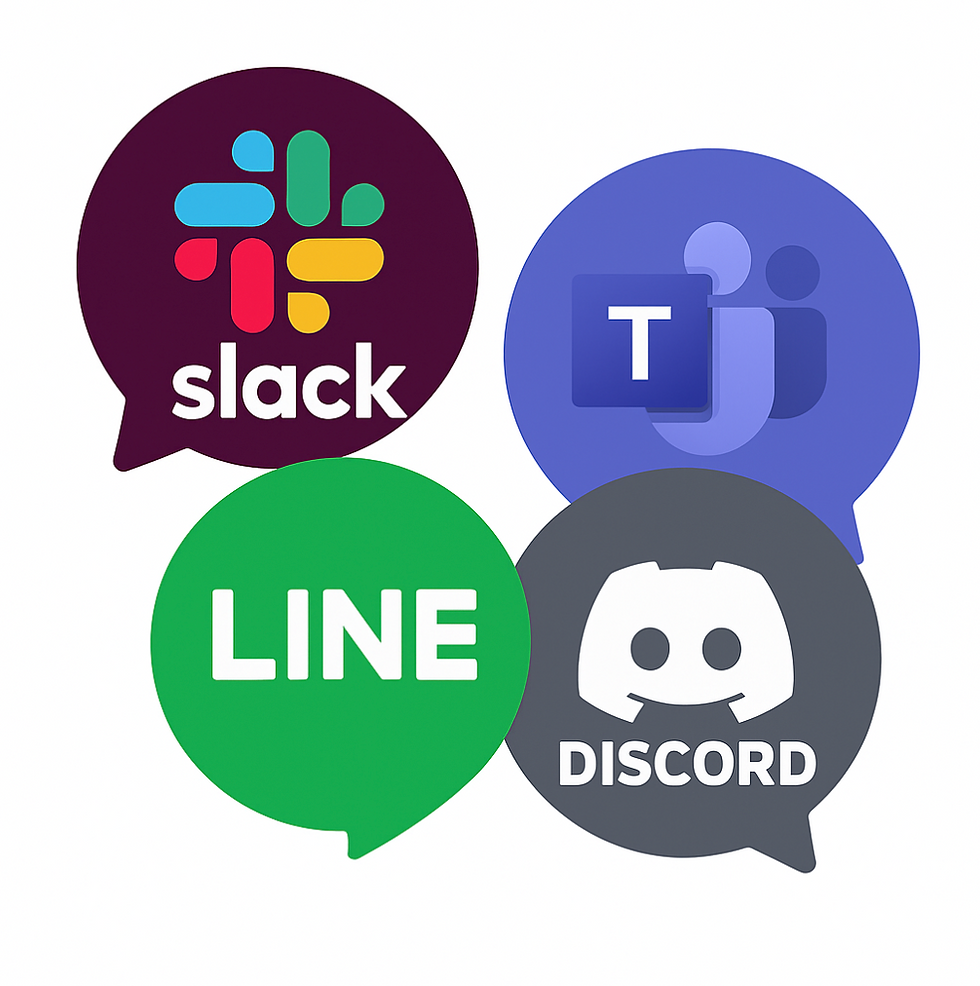Elite but Unprepared? 5 Career Mistakes Even Top Students Make—and How to Avoid Them
- Daichi Mitsuzawa
- Jun 23
- 3 min read
Updated: Jul 4
You attend a world-class university, your GPA sparkles, and you’ve already ticked off several brand-name internships. Surely the job market—Japan’s included—will roll out a red carpet. Yet every year even “elite” students stumble: first-round rejections, mismatched roles, or culture shock that slows promotions. Why? Below are five recurring—and avoidable—pitfalls we see among high-achieving Jelper Club members, plus concrete tactics to stay ahead of the curve.

1. Prestige ≠ Differentiation
The trap
Relying on university name recognition alone. Recruiters now meet hundreds of Oxbridge, Ivy, and top graduate students each hiring cycle. A famous logo may secure an interview slot—but not the offer.
Common symptoms
Generic self-introductions (“I’m from ____ University, majoring in ____”).
Bullet-point résumés with task lists, but no quantified outcomes.
Fix
Craft a one-sentence personal value proposition that survives without your school’s halo. Back it up with 2-3 impact stories that show measurable results (e.g., “drove ¥3 mn in new user revenue” instead of “helped with marketing”). Practice the pitch until it feels conversational, not canned.
2. Overlooking Core Business Norms
Fluent English and international exposure win instant credibility in any workplace, but even high-achievers often neglect the day-to-day habits that underpin trust. Whether you join a U.S. tech giant or a century-old sōgō-shōsha, practices such as hourensō—報告 (Hōkoku/Report), 連絡 (Renraku/Contact), 相談 (Sōdan/Consult)—and nemawashi, the behind-the-scenes consensus building before formal meetings, signal reliability. Failing to demonstrate these rhythms can slow feedback loops and, ultimately, promotion speed*1*2.
Action steps
Shadow a senpai (upper-year alum or mentor) for one week and observe the courteous, hierarchy-aware language they use when updating managers and senior executives on micro-progress.
Pair every suggestion with background research to show you have canvassed stakeholders—an early nemawashi signal.
Adopt the 24-hour rule: send a brief “Houkoku” update within a day of any significant task progress or blocker.
3. Internships Without Reflection = Shallow Narrative
The trap:
Collecting internships like trading cards—three months at a bank, ten weeks at a startup, a remote stint in policy research—without articulating what threads them together.
Why it hurts:
Interviewers struggle to see direction; your résumé reads as opportunistic rather than intentional.
Fix:
Curate depth: select the two experiences that best illustrate your target industry or skill set.
Run a “STAR” audit: for each internship, write one Situation-Task-Action-Result story, highlighting a skill you want to be hired for.
Synthesize aloud: explain (in Japanese and English) how each role built toward a coherent career hypothesis. Record yourself; if the story feels disjointed, keep trimming.
4. Misreading Japan’s Recruiting Calendar
Recruiting timelines rarely match a university’s academic clock. Global investment banks confirm next year’s analysts 9–12 months ahead; consulting firms open applications by late summer; many U.S. and UK graduate programs interview a full cycle early; even fast-moving tech startups cluster hiring around major hackathons and conferences. The pattern is consistent across sectors and countries: the most competitive roles get claimed well before diplomas are printed.
Japan illustrates this vividly. Its mass-entry system still dominates, and early pipelines open 18–24 months before graduation. Missing that window can push you into a smaller mid-career track or force a gap year*3*4.
Checklist
Timing | Key Actions | Why It Matters |
3rd-year April–June (Japan academic calendar) | Industry research, self-analysis | Sets story & network early |
3rd-year August-September | Internships (pre-entry) | Many companies convert interns directly |
3rd-year March | Entry Sheets & web tests open | Bulk screening happens in days |
4th-year June | Final interviews | Offers issued; class hit-rate ~96 % *5 |
Start earlier than you think. Even if you intend to join a non-traditional employer, the main process dictates when supporting services (career centers, alumni coffee chats) peak.
5. Going It Alone
High performers sometimes hesitate to seek help—believing they “should” figure it out. The result: unpolished application docs, missed alumni referrals, and avoidable burnout.
Leverage your network
Jelper Club - Use the threads feature and ask questions regarding employment in Japan.
Request “mock hourensō” feedback from mentors: send weekly progress summaries and ask for critique on clarity and tone.
Attend small-group 社員座談会 (employee round-tables) rather than massive company info sessions; questions are likelier to yield actionable personal advice.
6. Turn Elite Potential into Elite Outcomes
Being a top student gives you leverage—but only if coupled with cultural fluency, structured reflection, and proactive support-seeking. Treat every decision as if the brand name weren’t attached. Do that, and your credentials transform from static prestige into dynamic proof of readiness.
(Editor: Jelper Club Editorial Team)
Sources
“10 Japanese Work Culture Lessons for Success in 2025.” (Edstellar): edstellar.com
“Almost 96% of 2025 university graduates in Japan receive job offers: company survey.” (The Mainichi) : https://mainichi.jp/english/articles/20241016/p2a/00m/0bu/016000c
"Job Hunting Guide for International Students 2025" (JASSO) : jasso.go.jp
“Why Japan’s Mass Recruitment of New Graduates Needs to Change.” (Japan forward) : japan-forward.com
Julia Bambach, “The Art of Nemawashi.” (Julia Bambach) : linkedin.com





Comments